When we first moved to Santa Fe, Brad and I were so charmed by our new neighborhood that we took long strolls every night after dinner. During this honeymoon period, I discovered that 10,000 steps-a-day suits me. I know it’s been debunked but this practice has strengthened my entire system from bones to breath. I can feel it and I like it.
Yet, I will admit that at times it can be an effort. The effort is not about motivation; it’s not about getting myself up and out the door. The effort has been finding new walks to take or drumming up errands that can be accomplished on foot. Just to mix it up a bit.
Over the last three years of exploring every nook and cranny in our neighborhood—which specializes in nooks and crannies—I know every house behind every other house. The red blooming cactus gardens, Sirius the black cat, elderly Gene gardening in his shorts and knee socks, Kate’s Christmas lights that stay up all year. The non-lawn front yards with native grasses, blue spruce, aspens and river rocks. It’s all so beautiful and I love it… and I’m bored.
My attitude shift from walking as an adventure to walking as a slog has been the only downside of committing to 10,000 steps. Or so I thought until I realized that boredom might actually be one of the best things about walking.
Naturally this insight popped up as I was circumambulating my block for the nth time. I had the realization that this experience of boredom in walking is not unlike meditation practice, which also can be very boring. This might seem like a minor obstacle, but it’s one that has hindered not just walkers but many an aspiring meditator.
You wouldn’t believe how many people have told me that mindfulness meditation is just toooooo boring. It seems so weird to do something boring on purpose that they think surely they must be doing it wrong. They ask me if it’s ok to jazz up the meditation technique with counting, or chanting or lying down with their legs up the wall. It is not unusual for the new meditator to feel that they are very special; they have such a busy mind that they simply can’t do this thing. As if nobody else has an active mind or ever feels restless on the cushion.
The thing is that we are just not used to being bored. When we feel bored we immediately do something to change it. I was even shamed once when I told a friend I was bored and she said, “Well, then you are just not doing your homework. There are lots of ways to be excited.”
This turns out to be one of the biggest obstacles to meditating. Many people really want something to happen. A flooding of down-regulating hormones, a brilliant idea, courage, a release from old resentments—all in 20 minutes. We want meditation to be a peak experience, not a practice.
In Buddhism, we call this Obstacle as Path. Meditation practice changes us in many ways and one way is that we become comfortable with boredom. We learn to stop entertaining ourself. We grow a new habit of quiescence.
Our old, frequently fortified habit is simply a form of wanting. We want to be stimulated. Stimulation is not a bad thing but it is just like any other kind of wanting. It can never be sated. Sure, going out to a nice dinner, or a party or buying a hat is fun but not as a daily diet.
When you have a habit of thriving on stimulation you will start to create it for no reason. For example, instead of being able to sit with someone and thoughtfully work out a problem, you will raise your voice, look for blame, start yelling. Your inner drama queen will become more outer, and more frequent, than you might like.
When you develop the habit of quiescence, you will find that when you are faced with an emergency, or a surprising announcement, you will naturally meet it with alert, open presence.
A few years ago I texted my dear friend, Sarla, to see if it was a good time to chat. She texted back that she was at the doctor, so not a good time. Five minutes later, she texted again, “Well, shit. They found a lump.” I called her. We talked for about half an hour. Mostly she talked and I listened and said a few things. I asked her if she had already told her kids or her husband. “Oh, God no! I wanted to talk to you first because I knew you would be calm. Once I tell my family they will freak out and then I will have to take care of them.”
My meditation practice showed up for me that day. It allowed me to “walk alongside” my friend and help shepherd her through a very difficult time.
Quiescence opens up communication. It provides a shared space for connection. Including with yourself. This is the beginning of santosha, the yogic practice of contentment.
Mindfulness meditation can be a reprogramming in this way. I’m not talking Manchurian Candidate. I’m talking about reprogramming your nervous system.
If you are addicted to hits of up-energy, you will react with drama. And if you are used to the feeling of contentment, you will be able to respond with quietude and real presence. When issues arise, you can tap into this potent capacity and work with them in a steady manner that doesn't require you to be different from who you already are.
The reason that this works is that the quality of quiescence is already within you. If you have a big personality and a lot of energy—like me—you might think, “Oh, no. That’s not me!”
But it can be. Quiescence doesn’t mean you become dull or inert. It just means there is a latent aspect within of being able to pause and consider things; to take a gap before reacting in order to feel the situation.
So much of meditation practice is like this, which is why in Tibetan, it is called a process of becoming familiar. In Merriam-Webster a synonym for quiescence is potential. You might not feel a connection to this part of you yet, but it’s there waiting for you. All you have to do is open to boredom.
As your capacity for quiescence grows, so does your contentment and that leads to joy. It’s not a sudden uptick of bliss on the cushion but an opening to your world that gives us deep appreciation, love and joy.
About four times a day I get up, walk out the front door and go. I don’t expect a walk around the block to be the highlight of my day, but I do get a real feeling of santosha. Every day at 5 pm I hear 80-year old Margaret calling her cat to come home for dinner. I see Miriam riding her bike home with her dog running alongside. I see the sunset. I zig and zag to avoid well-known potholes. Sometimes I get an idea for my writing, but mostly nothing wild or crazy happens. I don’t feel changed by it. But I know I have been.
If you found this article valuable, please feel free to share it with your friends!
Practice Opportunities
July Mindfulness Meditation Mini-Retreat
Each day I will offer a lesson on the nuts and bolts of meditation, as well as how the practice relates to the rest of your life. On Day 1, I will give specific mindfulness meditation instruction and we will sit for a short period.
July 14-18
30 min/day
12:15-12:45pm ET
Paid subscribers, and Moon and Stars sangha members: You can redeem your $40 discount pricing using the button at the bottom of each retreat’s registration page.
Also, you can purchase all 3 retreats of 2025 (July, September & December) for $120:
Retreat is over half-way full - register soon!
This retreat is open to everyone! Our practice will focus primarily on sitting and walking mindfulness meditation, sustainable yoga, and restorative yoga. Yoga props will be available in the yoga studio and modifications will be offered for everyone. Each morning will include a short dharma talk and group discussion.






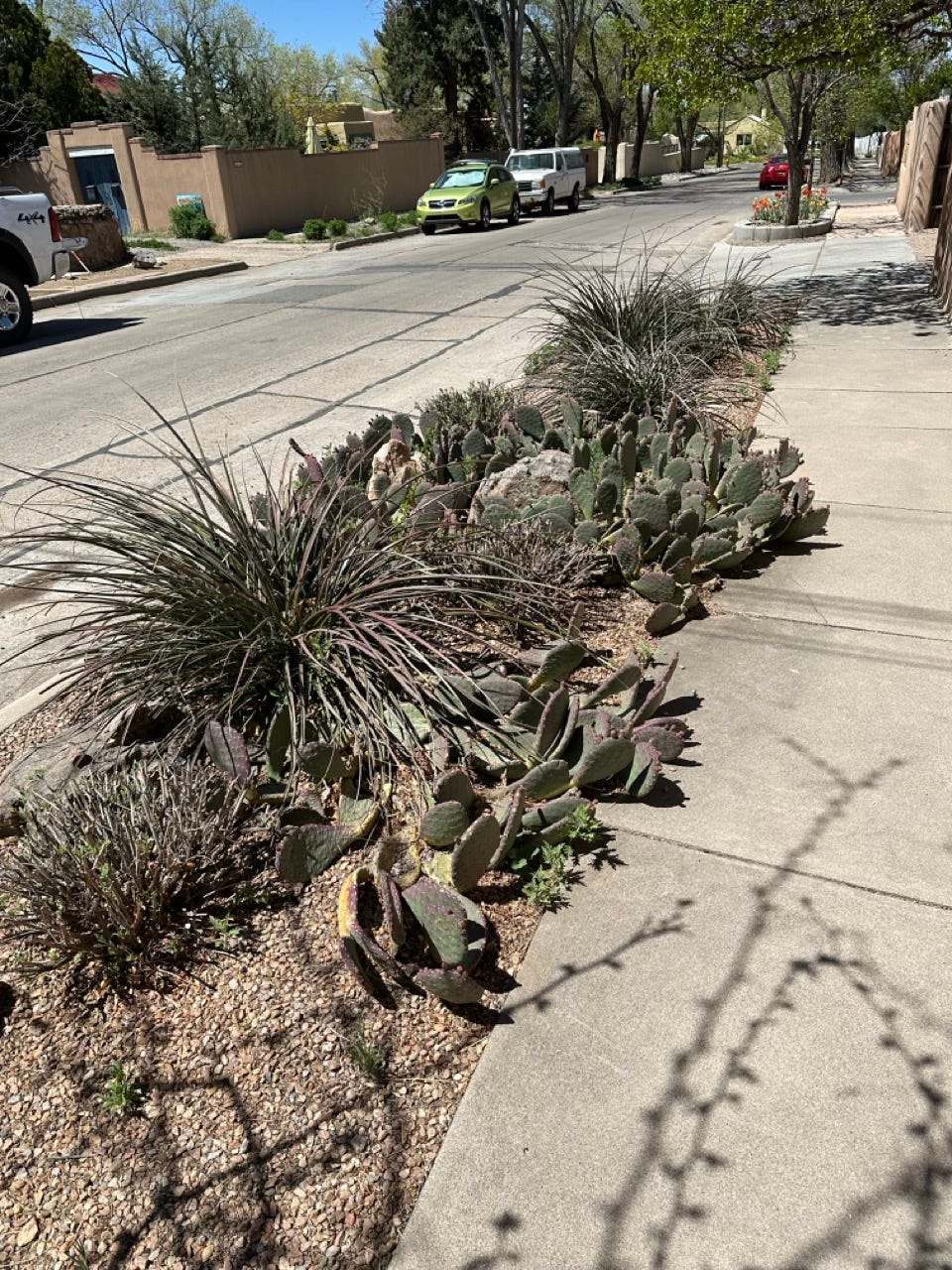
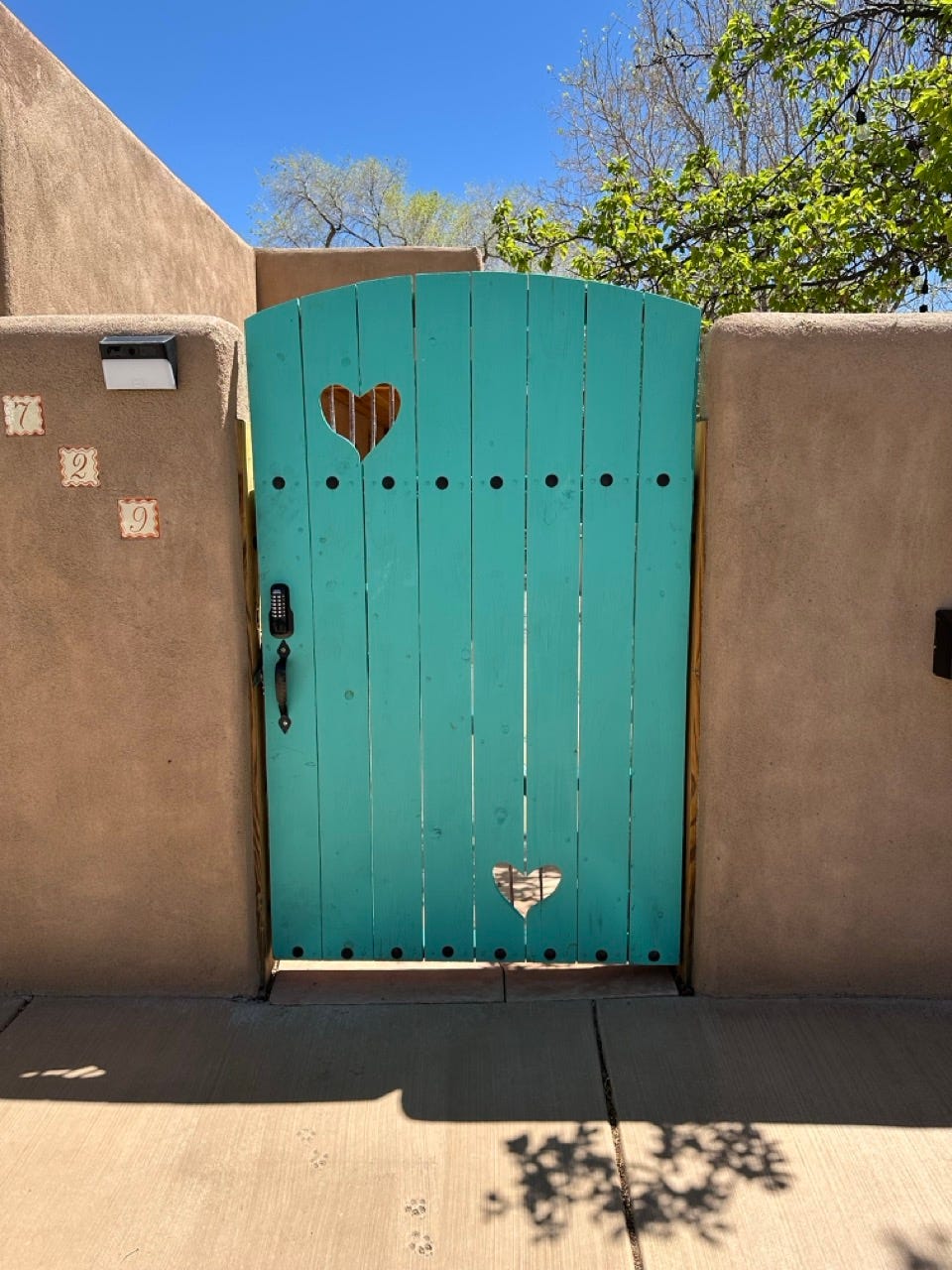
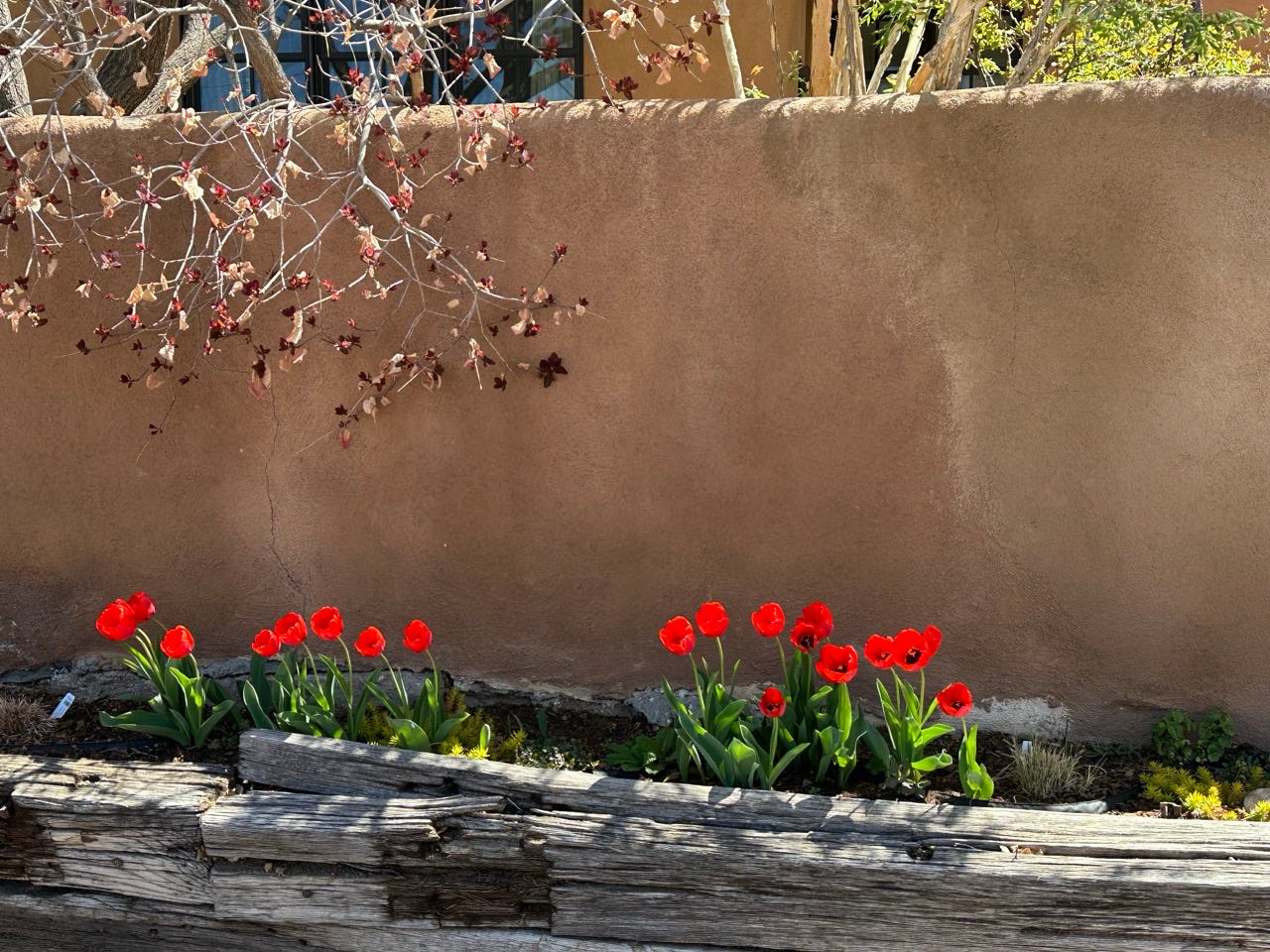

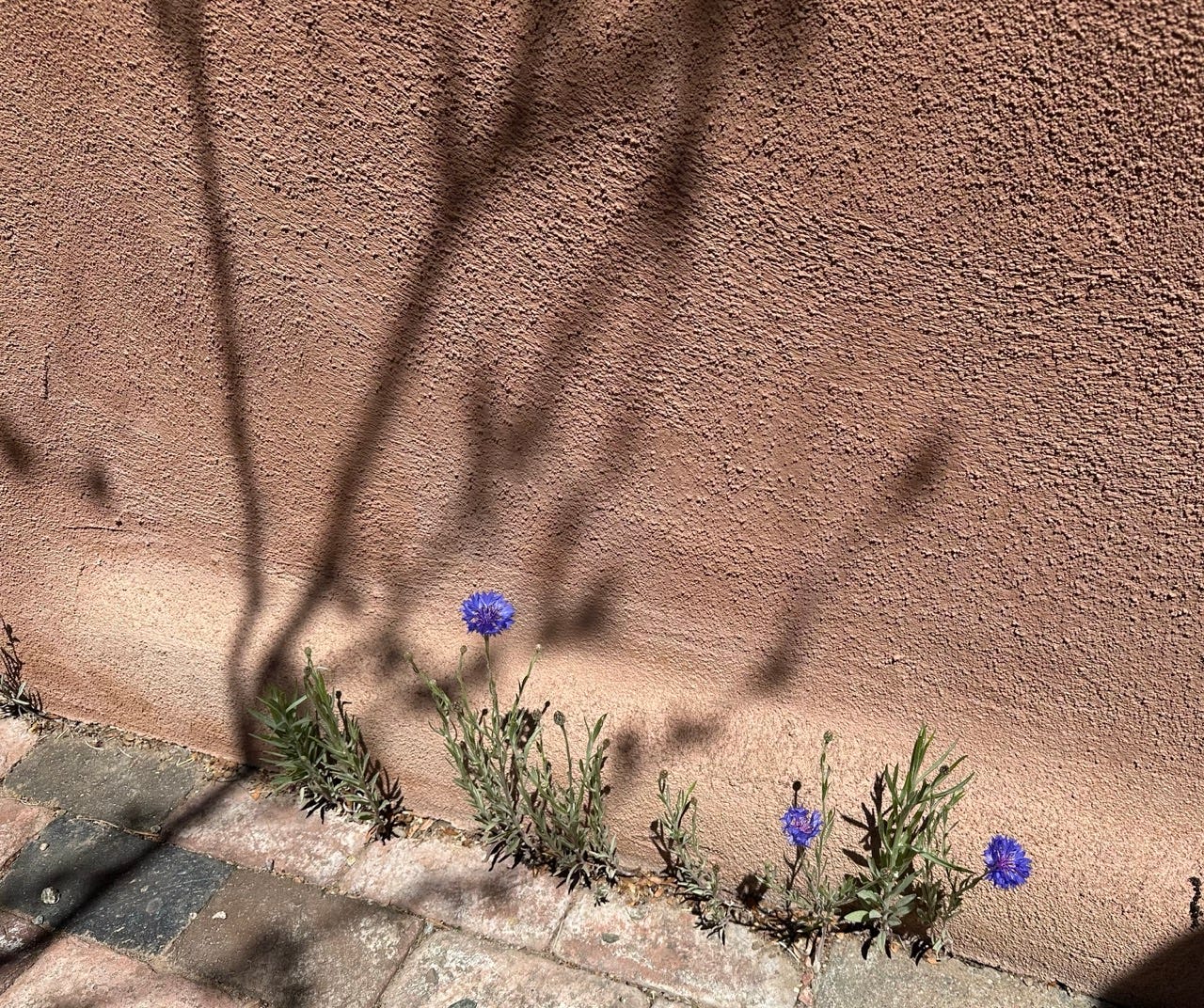
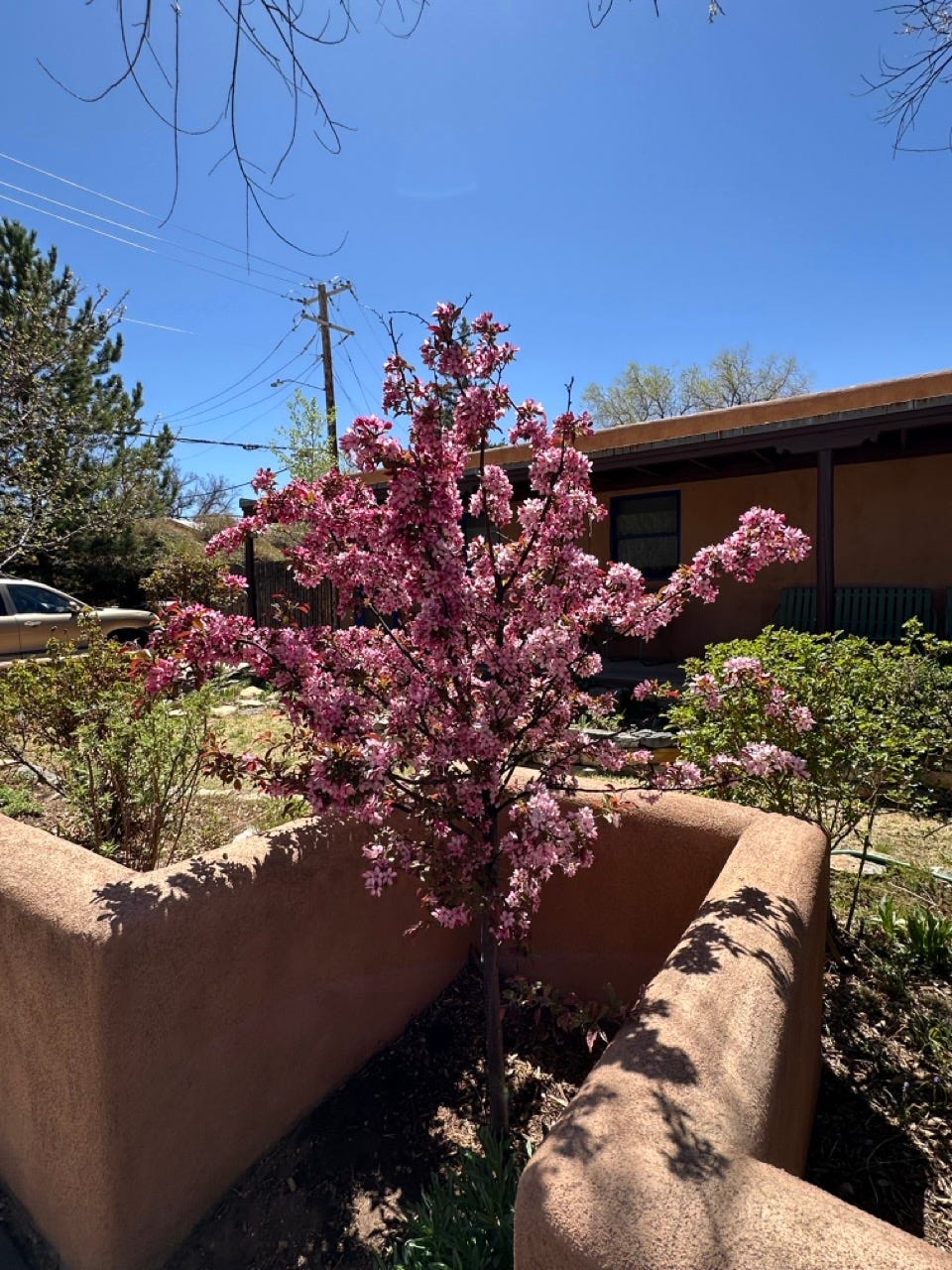
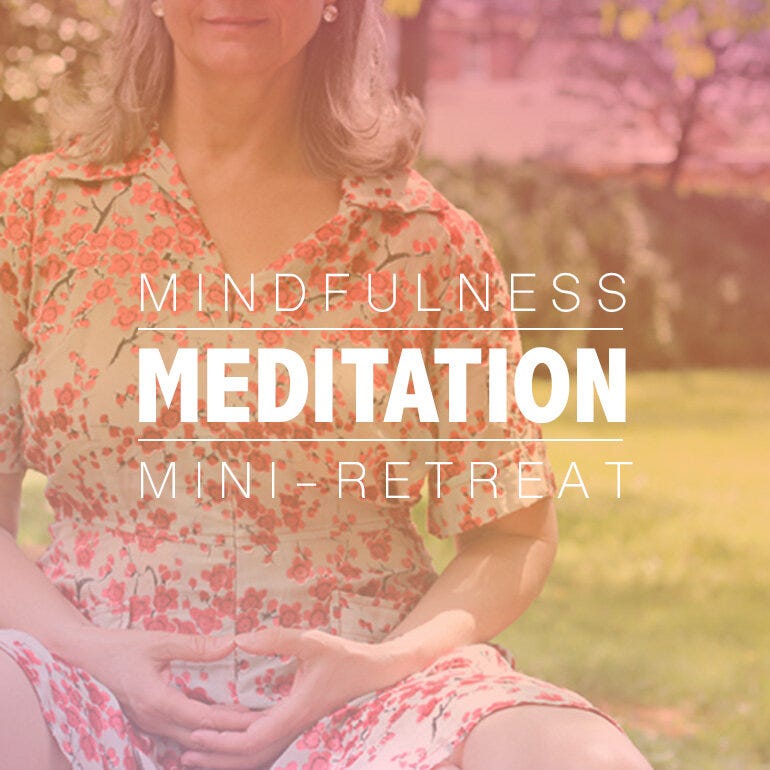
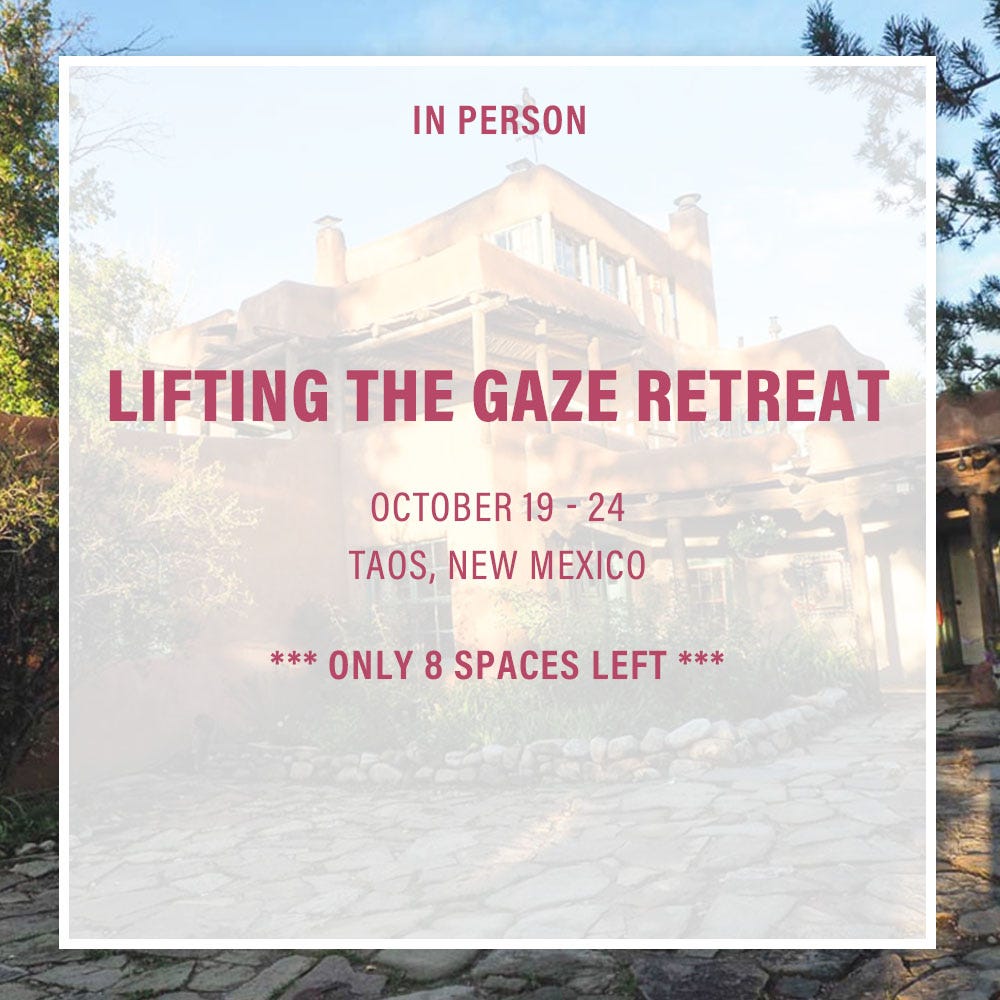
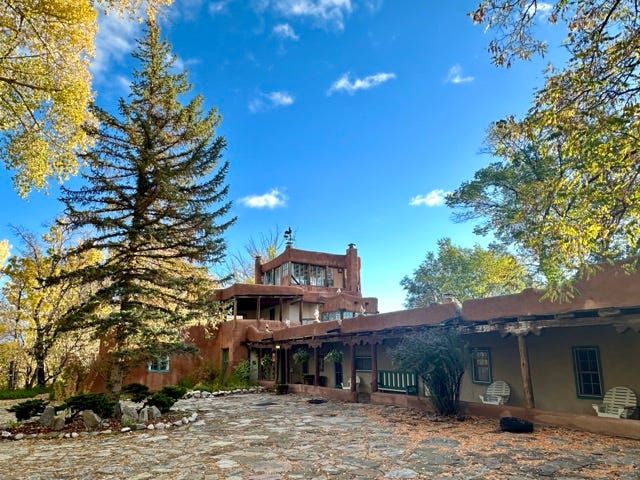
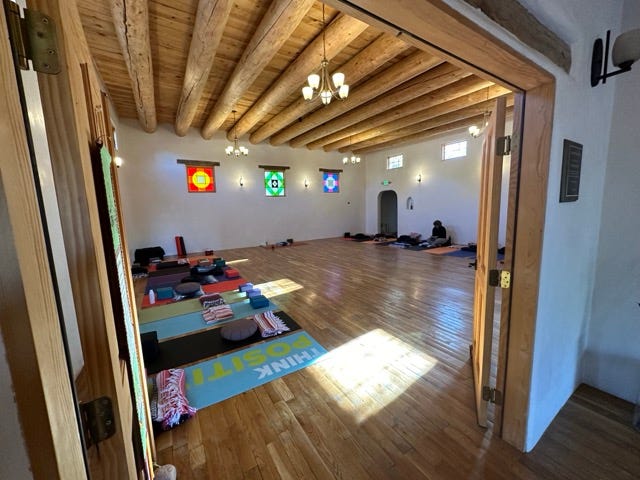
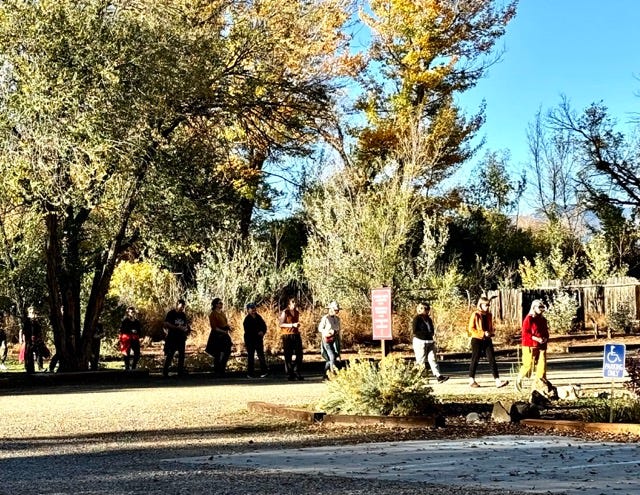
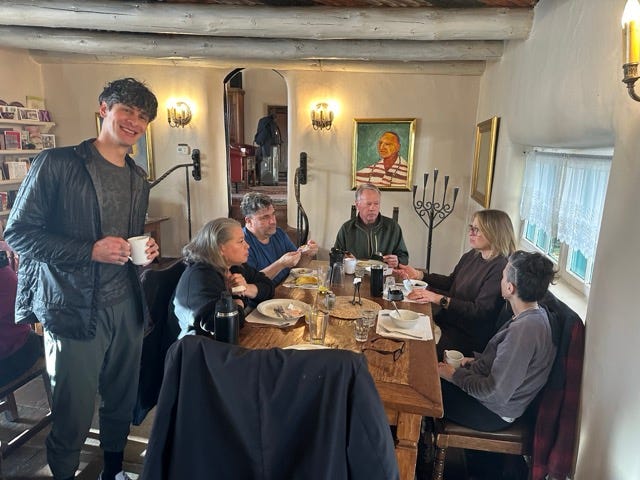
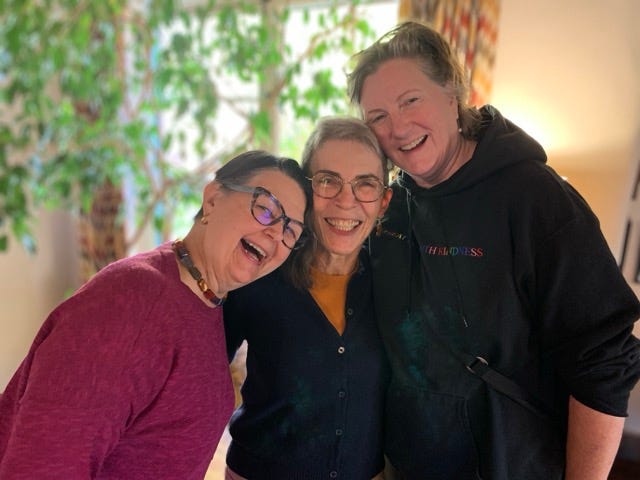
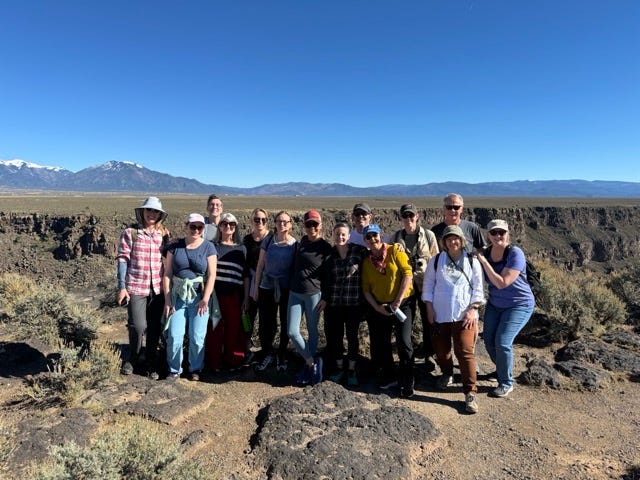

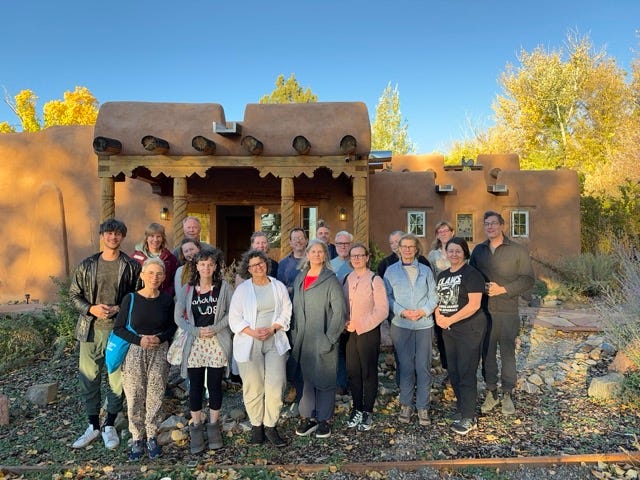
I love those moments of cool boredom. For me, there's a feeling of openness and possibility in that space. (then I open up instagram, whoops)
So true and valuable. Thank you. I loved this.